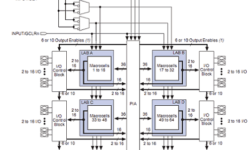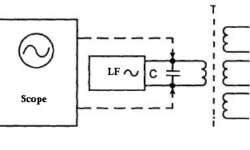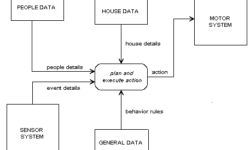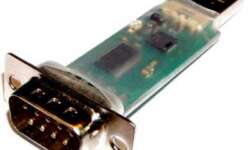Kick start guide to start working with Programmable Logic Devices from Altera

Probably everyone knows what logical IC’s and how to use them in the design are. But if the design is more complex, electronics enthusiasts are more likely to choose microcontrollers as they minimize the count of external components. But the problem is that not everything is possible with microcontrollers. They have many disadvantages when a fast response to input signals is needed. Microcontrollers execute operations one by one in sequence (conveyor). So output results will occur after some number of clock cycles. One way is to use hard logic IC’s. But when complexity grows – the number of IC packages also increases. This way design board becomes tremendous. So where programmable logic devices (PLD) comes to help. CPLD devices have many base elements (gates) without strict electrical interconnection. So designer can program these connections to combine any logical combination. Programmable logical devices allow the construction of any logical device, including counters, triggers, etc. The limit is only the number of base elements and connection lines. So it is better to start with learning tools that allow the construction of logical circuits, simplify them, and avoid many mistakes. One of them is MAX+plus II BASELINE and CPLD from ALTERA. This software…










